Search results for "Bluetooth"
-
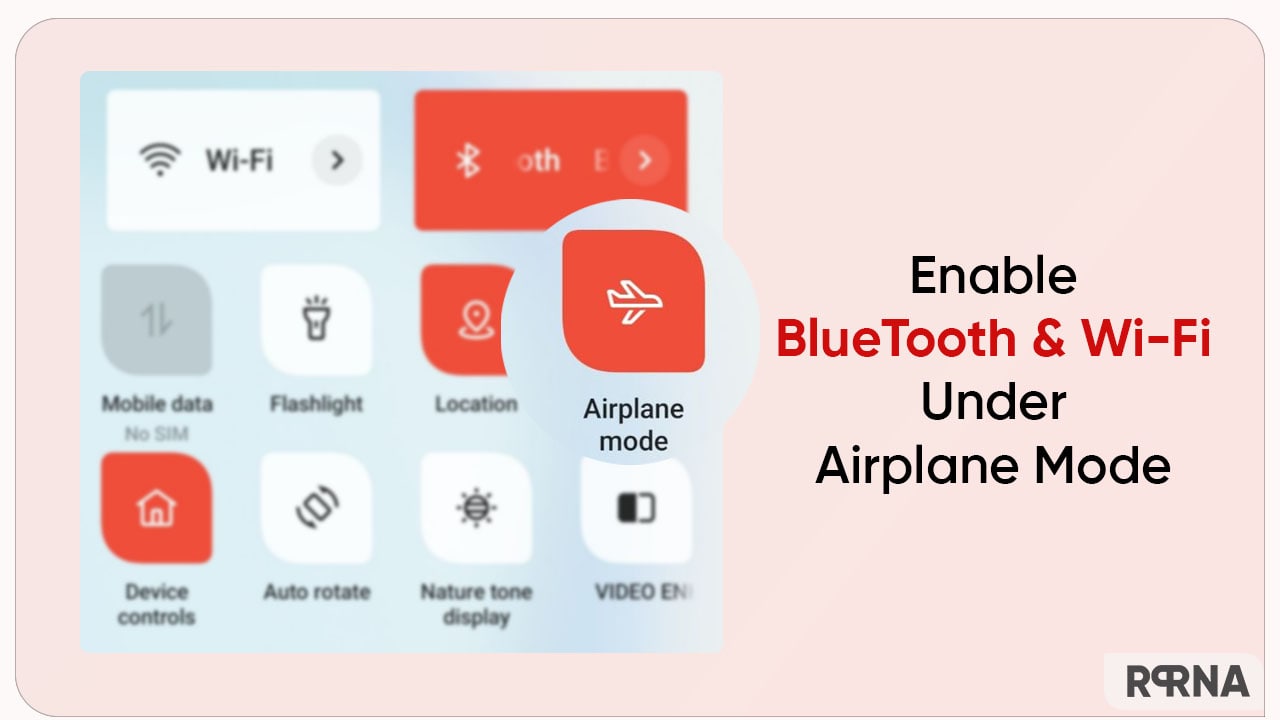
 726News
726NewsAndroid users can now enable Bluetooth and Wi-Fi even in Airplane mode
Hey Android users! Here is a benefit feature coming towards your handsets. Now you can enable and use Bluetooth as well as...
-

 499Updates
499UpdatesOnePlus Ace Pro ColorOS A.16 update fixes Bluetooth, network, and display issues
OnePlus recently released a new ColorOS A.16 version for the OnePlus Ace Pro smartphone users, the update mainly fixes the encountered bugs...
-
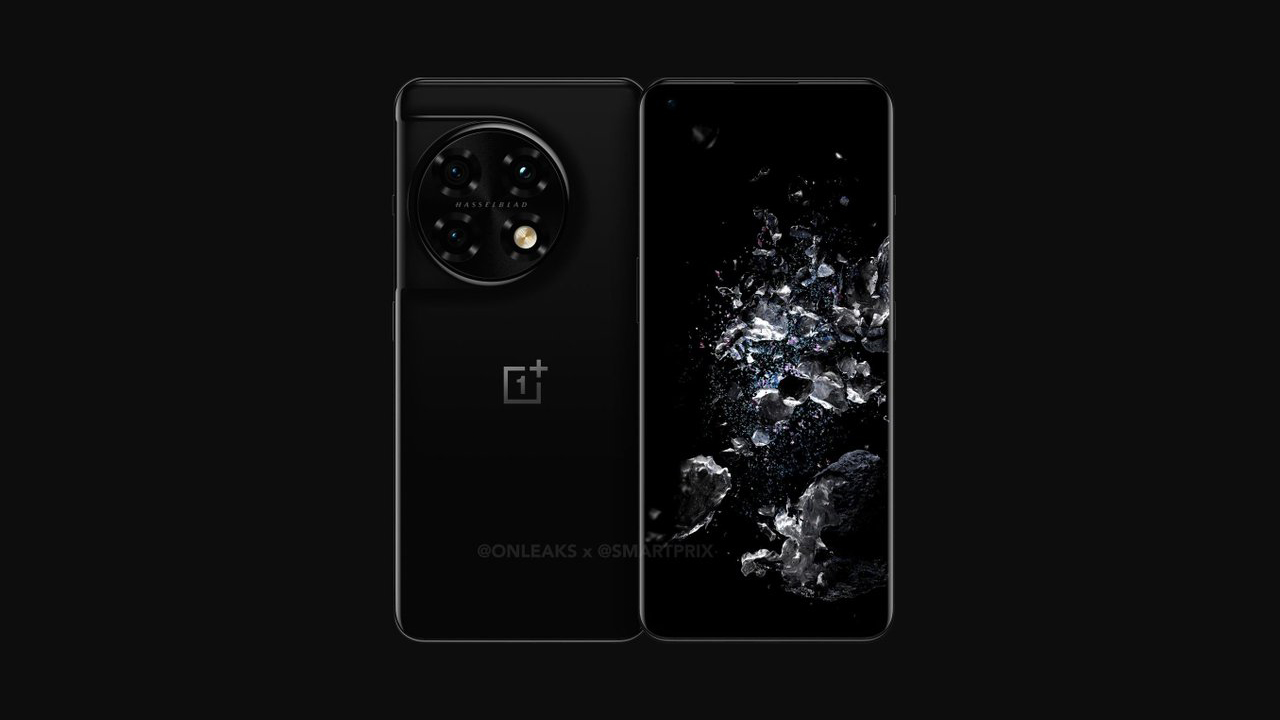
 472Phones
472PhonesPossible OnePlus 11 or next Nord phone receives Bluetooth certification
OnePlus is preparing to launch its new smartphones in the market which could be the OnePlus 11 and the other one is...
-
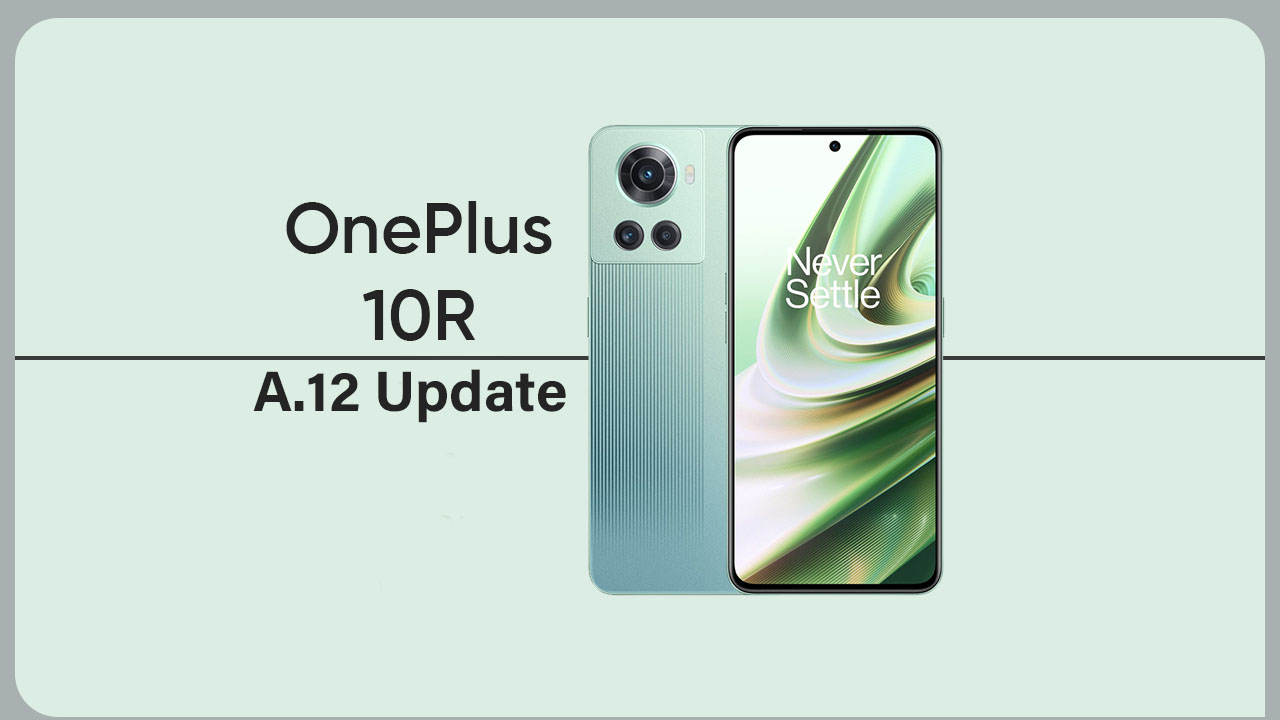
 276News
276NewsOnePlus 10R receiving October 2022 update with improved Bluetooth connectivity and Bug fixes
OnePlus is rolling out a new software update for OnePlus 10R smartphone users in India, which mainly brings the October 2022 security...
-

 4.1KNews
4.1KNewsHere how to fix OxygenOS 13 Bluetooth-related issues on your OnePlus phone
OnePlus OxygenOS 13 stable build is now rolling out for eligible devices with a variety of new features and improvements for the...
-
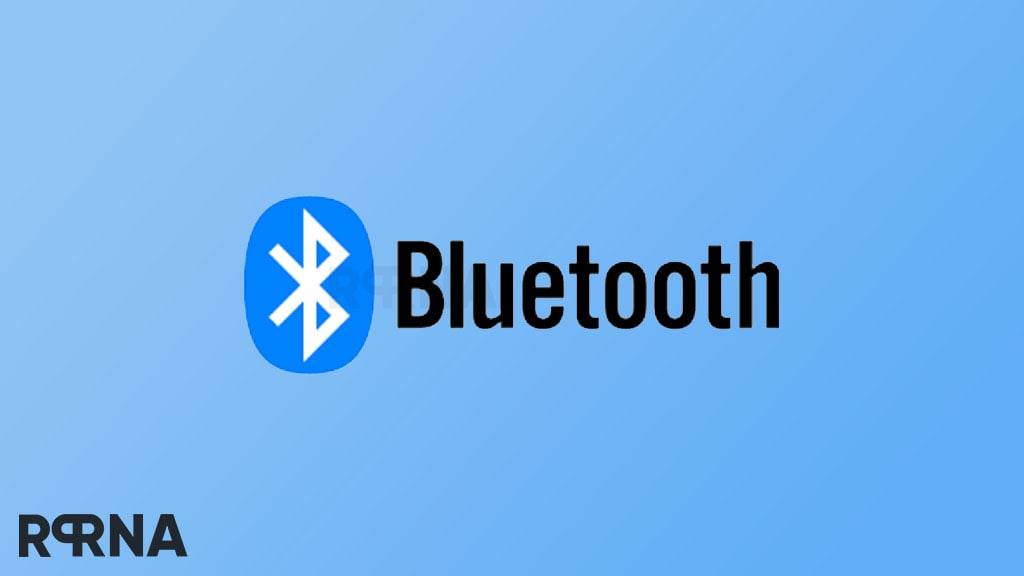
 445News
445NewsHere’s how to fix the Bluetooth problems on your Android phone
No doubt, Bluetooth is the most crucial feature of all Android phones. It is the most widely used wireless technology around the...
-

 1.3KNews
1.3KNewsOnePlus 10 Pro users facing Bluetooth connectivity issues after OxygenOS 13 update
Not in terms of hardware, OnePlus is also known for its seamless software experience and flagship devices. However, some OnePlus 10 Pro...
-

 536Updates
536UpdatesAugust 2022 update for Samsung Galaxy S10 improves Camera, Wi-Fi, Bluetooth
Samsung has started dispatching the August 2022 Android security patch update for the Galaxy S10, Galaxy S10+, and Galaxy S10e smartphones. This...
-

 502Technology
502TechnologyBluetooth SIG launched Auracast Broadcast Audio tech
According to the latest report, the Bluetooth Special Interest Group announced the Auracast function, an upcoming Bluetooth broadcast function that claims to...
-
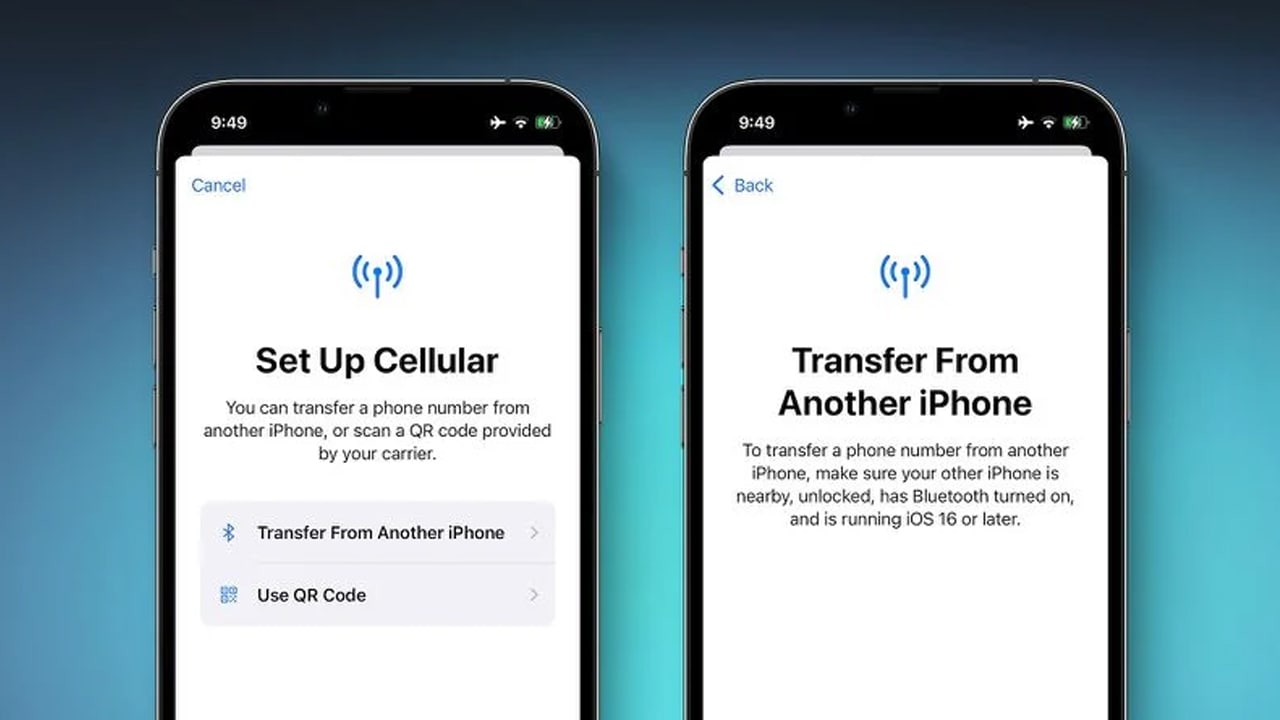
 462News
462NewsApple iOS 16 adds support for eSIM between iPhones via Bluetooth
According to the latest report, Apple released iOS 16, and iPadOS 16 systems, and has released the first developer preview Beta. iOS...
